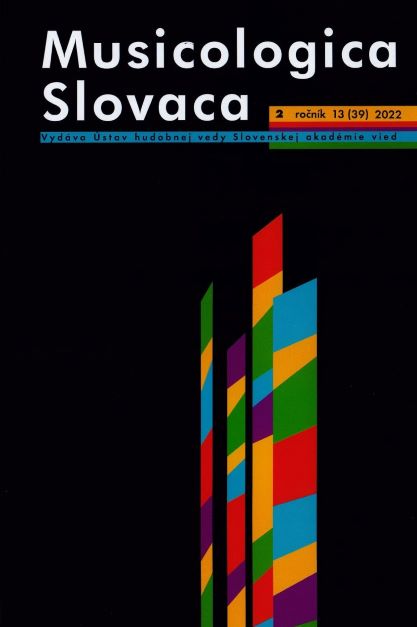Polyfonní fragmenty z Kremnice a jejich význam pro hudební kulturu střední Evropy v 16. století
Polyphonic Fragments from Kremnica and Their Significance for Sixteenth-Century Musical Culture in Central Europe
Author(s): Hana StudeničováSubject(s): Cultural history, Music, Local History / Microhistory, Middle Ages, History of Art
Published by: SAV - Slovenská akadémia vied - Ústav hudobnej vedy Slovenskej akadémie vied
Keywords: Kremnica; musical culture; Renaissance; fragments; Te Deum laudamus; Johann Wircker
Summary/Abstract: It is usually the quantity of extant sources that determines how detailed information wecan gain about the musical culture of a Renaissance town. With respect to the free royalmining town of Kremnica, almost no musical sources have survived from the Renaissanceperiod. Nevertheless, archival materials in the form of ledgers, minutes of the meetings of themunicipal council, wills, letters, and various other documents impart pieces of knowledgeabout music events in this town. These sources provide information about prominent figuresin music, i.e. the cantor, singers, the organist, and trumpeters, and even about the repertoirethey performed and the events in the town during which they sang and played.Detailed research of the sources from Kremnica was carried out more than forty yearsago by the prominent Slovak musicologist Ernest Zavarský. The polyphonic fragmentsrecently discovered in Kremnica enable us to supplement the information about therepertoire performed in the town and update the research results at least partially. Moreover,the identification of the fragments reveals that such research is of importance not only for themusical history of the town and its region but also for entire Central Europe.
Journal: Musicologica Slovaca
- Issue Year: 15/2024
- Issue No: 2
- Page Range: 147-165
- Page Count: 19
- Language: Czech

